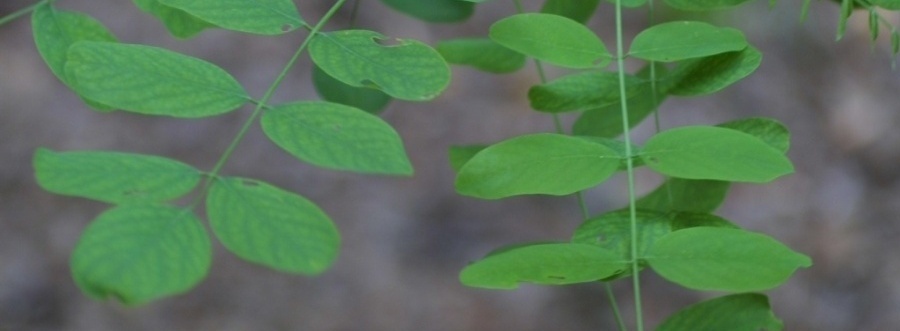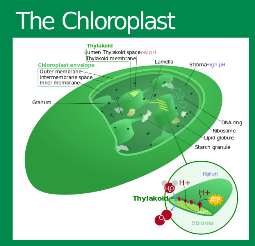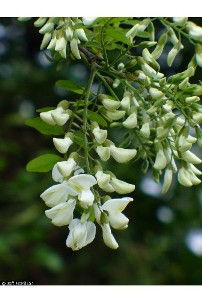
Nutrition
How does this plant acquire energy?
Wikimedia
Commons
 As I mentioned before
on my Habitat page, Robinia pseudacacia is an autotroph,
meaning that it makes its own food. It accomplished this
through photosynthesis, which is made possible through
structures known as chloroplasts which are located in the
leaves. The diagram to the right gives you an idea of what
this structure looks like. Thanks to chloroplasts, the
black locust is able to take the sun’s energy and convert it
into sugars like glucose and sucrose.
As I mentioned before
on my Habitat page, Robinia pseudacacia is an autotroph,
meaning that it makes its own food. It accomplished this
through photosynthesis, which is made possible through
structures known as chloroplasts which are located in the
leaves. The diagram to the right gives you an idea of what
this structure looks like. Thanks to chloroplasts, the
black locust is able to take the sun’s energy and convert it
into sugars like glucose and sucrose.
 Water uptake in Robinia pseudoacacia occurs through the roots.
Remember the xylem and phloem structures I talked about on my
adaptations page? If you looked at this page already, you know that
the xylem and phloem are responsible for the movement of water
and sugars up and down this tree. More specifically, the xylem
is responsible for water transport and the phloem is in charge
of the movement of sugars.
Water uptake in Robinia pseudoacacia occurs through the roots.
Remember the xylem and phloem structures I talked about on my
adaptations page? If you looked at this page already, you know that
the xylem and phloem are responsible for the movement of water
and sugars up and down this tree. More specifically, the xylem
is responsible for water transport and the phloem is in charge
of the movement of sugars.
Jeff McMillian
USDA Plants Database
To find out how this organism reproduces, check out my
Reproduction page!
Return Home